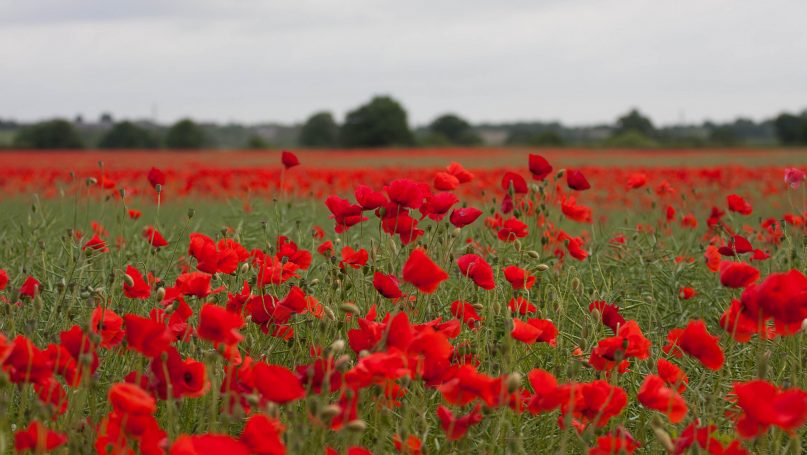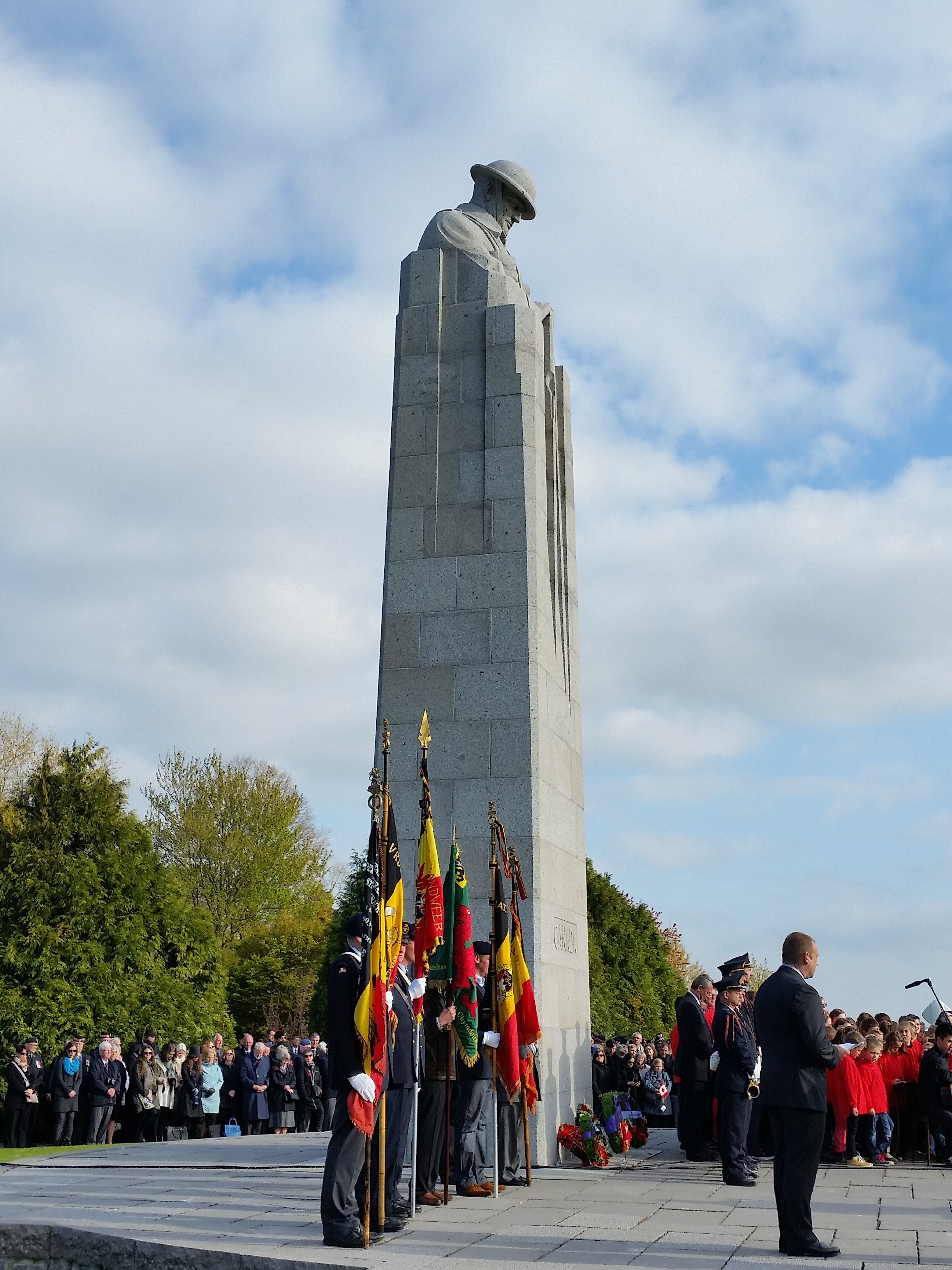
On 22nd April 1915 German troops around Ieper (Ypres) opened the valves on around 6000 bottles of chlorine gas, delivering over 160 tonnes of chlorine gas. The prevailing wind carried the gas cloud into the defensive lines around Ypres, killing at least 5000 French, Morrocan and Algerian troops in the first few minutes of exposure. Over the course of WWI, gas was used on a number of occasions on both Eastern and Western fronts. Despite their initial condemnation of the use of gas, the British used it from September 1915. Overall, gas (including phosgene and mustard gas) was responsible for the death of approximately 90,000 soldiers.
This event is regarded as the first use of weapons of mass destruction (despite gas shells first being used – albeit with much less significant effects – on the eastern front in January 1915). Understandably, the 100th anniversary of the event has been seen as a significant event and commemorated with ceremonies at the site of the attacks and a conference in Ieper from 22nd to 24th April, the latter – hosted by Mayors for Peace – taking the occasion as a prompt to discuss the ongoing threats to urbanised humanity by chemical, nuclear, biological and conventional weapons.
While attending the commemoration events, I was struck by the questions it raised concerning memorialisation. In general memorialisation is a process where that which is no longer present as event is made present through a variety of representations – the preservation of ruins, the recall of memory, the building of monuments and so on.
In the case of the gas attacks at Ieper memorialisation poses the specific question of making the invisible visible. On the one hand the battlefields of Flanders have been largely erased by time. With the excretion of the commonwealth war graves that punctuate the landscape, and the flooded mine craters that mark the underground war fought below the trenches of WWI, there is little to show that the landscape hosted one of the most brutal industrialised forms of war. Archaeological remnants of trenches exist, but unlike the medieval fortifications of Ieper or the concrete fortifications for D-Day, there is little in the landscape to suggest what happened in West Flanders. One the other hand, gas is itself, invisible. Chlorine passed over the trenches, did its work and dissipated.
This double invisibility raises the question of how it is possible to memorialise these events. Around Ieper for the commemoration of the 22 April attacks a number of white flags have been erected to show the sites from which the gas was released.
Driving through the landscape one gets a sense of the extent of the cloud given that the gas was distributed across 7km. The other form of memorialisaiton is military, with commemorative events taking place at memorials to fallen servicemen – either those that are close to the sites of attack or those that commemorate the regiments most affected.
This raises, as I see it, two key questions. On the one hand it raises the question of the legacy of the militarised state. There is a strong public discourse around the centenary of WWI that disavows war as a tool of state, views the dead as a tragic waste of human potential and seeks to remember in order to safeguard against future resort to arms. This is a discourse that contests the tight linkage between states and organised violence that has characterised the history of the post-Westphalian order. However, the memorials are sites in which the military foundations of the state are re-inscribed and normalised. Moreover, in the context of remembering the dead, the military are exempt from, rather than subject to, critique. Indeed, the ceremonial guards of honour and regimental uniforms are normalised as the right way to honour the fallen dead. In doing so, discourses that would argue for a closer inspection of the interplay between the state and violence and the manner in which the military embodies this relationship are marginalised. Given that the militarisation of the state is a key element in the story of the conditions of possibility of the major wars of the twentieth century this marginalisation is of significant concern.
On the other hand, it raises the question of making visible the invisible without securitising it. An impetus towards the memorialisation of the gas attacks is to make visible the threat posed by gas by recalling its effects into the popular imagination. This is a campaign guided – like the ‘never again’ campaigns of Holocaust Educators – by the idea that there is a significant danger of forgetting this form of violence and its effects and thus a danger of the weakening of the moral indignation that underpins the prohibition against its use. The problem I foresee here is securitisation: the elevation of a threat to a point where it is declared an emergency requiring special measures. These measures are, almost always, measures taken by states. And thus the memorialisation has the effect of constructing a threat, creating the requisite sense in the popular imagination that it is real and then aggregating the responsibility for response to state agencies. It is, in turn, empowering individuals through education and disempowering them by granting the means to address the threat to the state.
Of course this leaves the usual question of what should be done. Here I think the white flags of Ieper – bearing testimony to the place of an atrocity and inviting individuals to imagine the event without prescribing a right and proper from of response – are an interesting demilitarised, desecuritised form of memorial.
Further Reading on E-International Relations
- Unthinkable and Invisible International Relations
- The Nuclear Taboo and the International Campaign to Abolish Nuclear Weapons
- American Policy towards Czechoslovakia, 1918–1945
- British Policy Towards Romania, 1936–41
- Balancing in Central Europe: Great Britain and Hungary in the 1920s
- The Great War and the Polish Question in Imperial Russia, 1914–1917